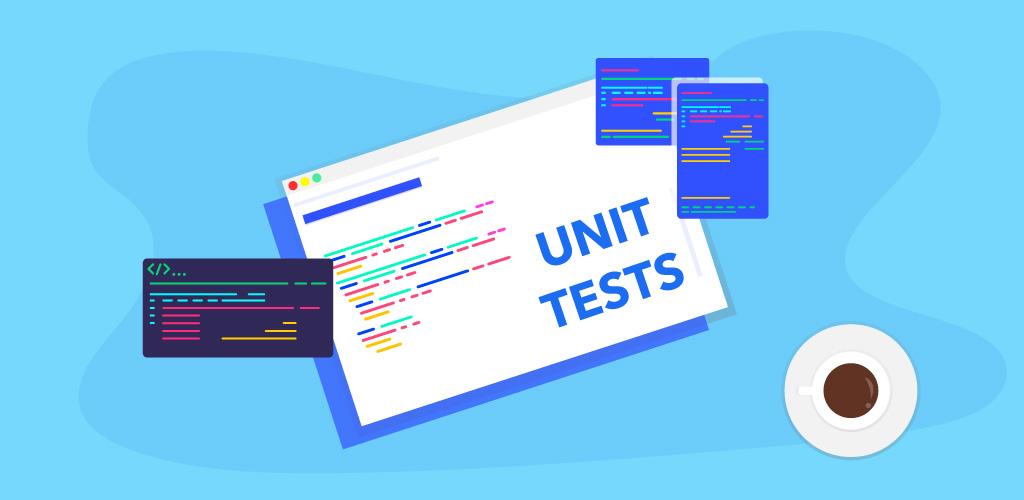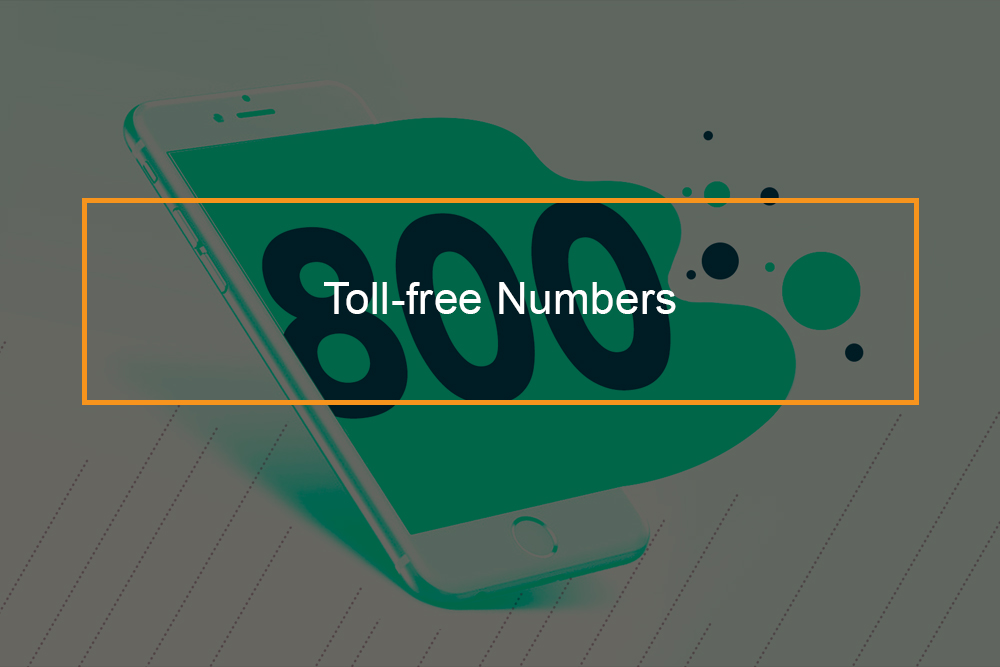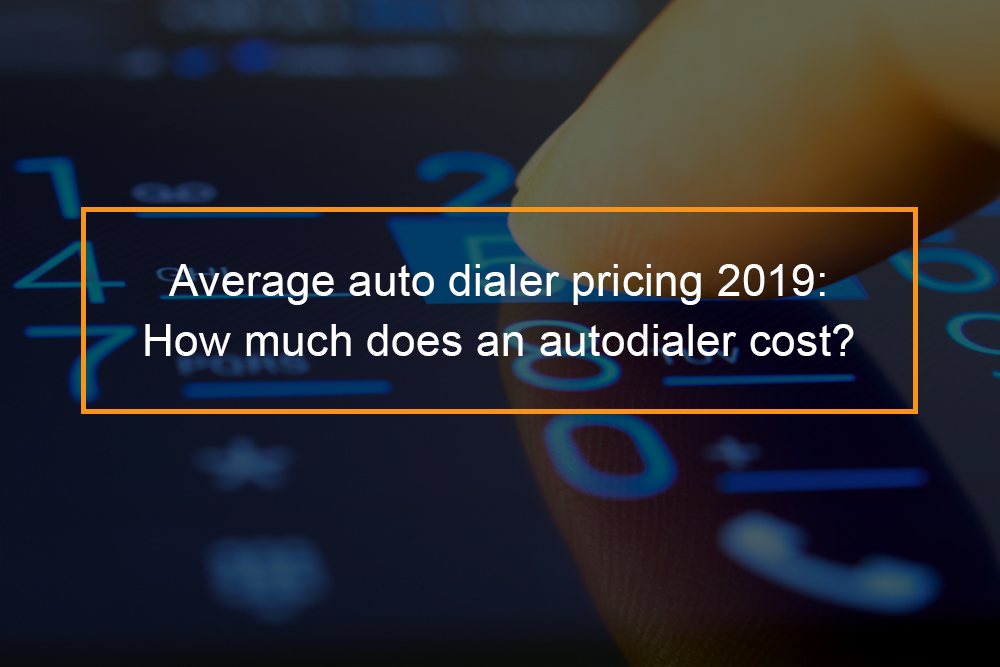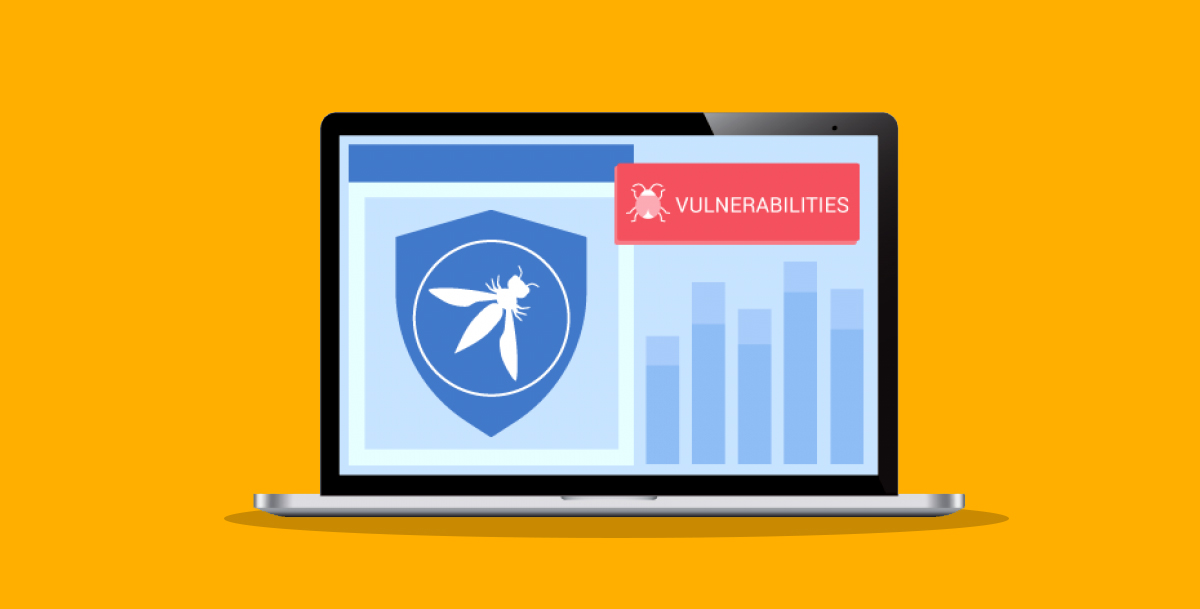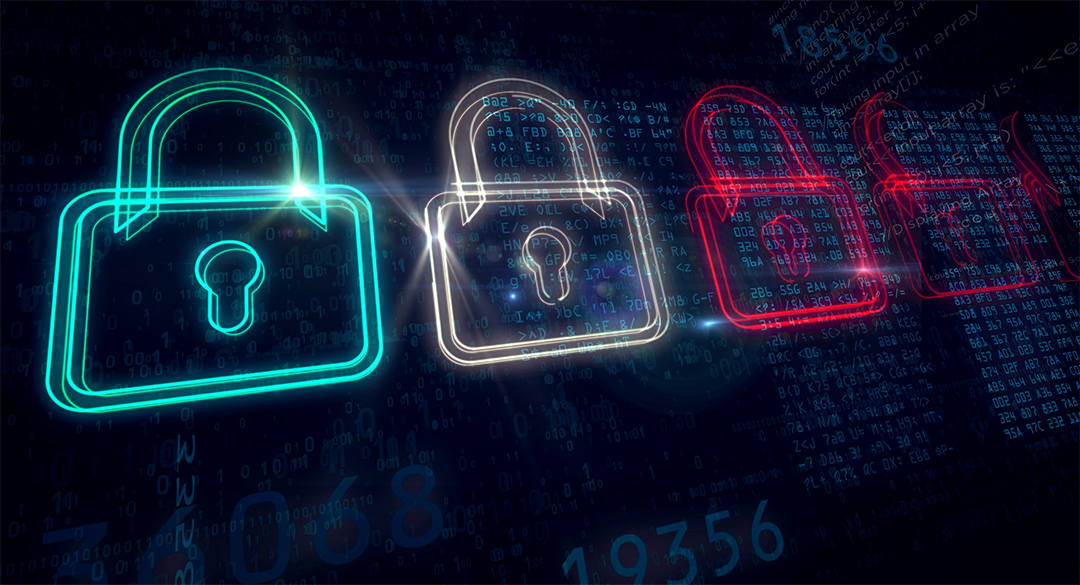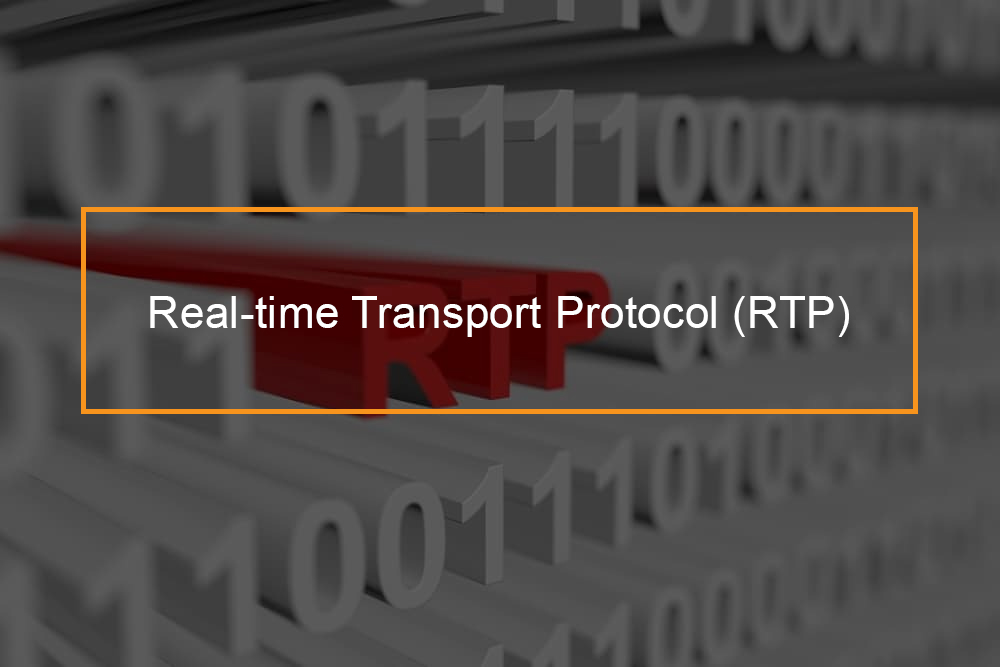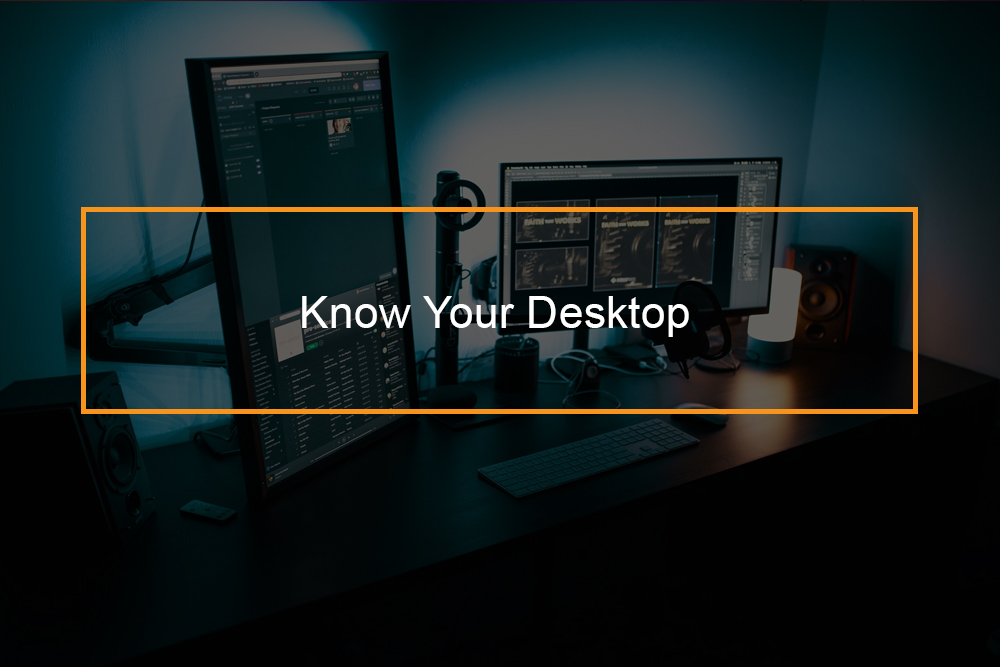
A computer is a complicated maker that is capable of carrying out substantial calculations at a terrific speed. We can compare its processing power to that of a human brain. Although human intelligence is the undoubted winner in this competition, we can’t overlook the abilities of a computer. Computers might look different; however, the elements set up are essential. The significant difference amongst the majority of machines is the brand name of hardware installed. The fundamental components are the same for all computer systems.
What Makes Up a Computer?
Components of a Computer System
The computer has two main parts:
- The hardware
- The software
These two parts together make up an efficient computer.
The computer hardware
Parts of a Computer hardware
These parts include the physical, tangible parts or components of a computer. They consist of the following.
Computer Case – often described as the CPU
The computer case is the metal and plastic box that contains the main elements of the computer, including the motherboard, central processing system (CPU), and power supply. The front of the case has an On/Off button and several optical drives.
Computer cases have been available in various shapes and sizes. A desktop case lies flat on a desk, and the screen generally sits on top of it. A tower case is high and sits beside the monitor or on the flooring. All-in-one computer systems come with the internal parts constructed into the display, which eliminates the requirement for a different case.
The 5 Main Parts of a Computer
These are the brains of the computer. They are the fundamental parts that need to be present before we define it as a computer. They are all housed in the computer case.
a. Central Processing Unit
The CPU makes up the “brain” of the computer, and it provides the computations and adjustment of data entry from someone using the computer. Whenever the user clicks a key, executes an application or searches the Web, the CPU checks out the code involved and returns the reaction to the user. The CPU works carefully with memory, which is the component that sends stored information to the unit.
b. Random Access Memory (RAM)
RAM is variable in a computer. Older computer systems had just a few dozen megabytes of RAM installed. When computers ended up being popular in the 1990s, computer systems had 32 megabytes of memory. Motherboards and software now need at least one gigabyte to function. RAM contains the info throughout the time the computer is on. After the machine is turned off, the info in RAM disappears.
c. Hard Drive
Unlike RAM, the hard disk shops information even after the maker is shut off. A hard disk is the storage unit for the maker. Conserved documents and applications are stored on the hard drive using magnetism. The hard disk contains small plates with a rotating head. The platters spin as the head moves front and back to obtain and save data.
d. Video Card
The video card offers the image seen on the monitor. The video card is attached to a display utilizing a VGA cable television. Some video cards have two monitor connections. This design allows the user to connect two screens to the computer so that the desktop can be spread out across both screens for much better usability.
e. The Motherboard
Every element attaches to the motherboard; this component receives power from the computer’s power supply. The motherboard permits all the parts to interact, consisting of the CPU. The motherboard likewise includes controllers, which are circuits that assist the operating system work with hardware such as the disk drive.
Monitor
The monitor functions through a video card, it is situated inside the computer case that displays images and text on the screen. Many screens have control buttons that allow you to alter your screen’s screen settings, and some screens also have built-in speakers.
Newer screens generally have LCD (liquid crystal display screen) or LED (light-emitting diode) screens. These can be made thin, and they are typically called flat-panel display screens.
Older screens utilize CRT (cathode ray tube) display screens. CRT monitors are much bulkier, and they use up more desk area.
Keyboard
The keyboard is among the main ways to interact with a computer. There are several kinds of these devices, but a lot of is comparable and allow you to accomplish the same fundamental jobs.
Mouse
The mouse is another essential tool for interacting with computers. Commonly known as a pointing device, it lets you point to things on the screen, click, and move them.
There are two primary mouse types: optical and mechanical. The optical mouse utilizes an electronic eye to spot movement and is much easier to clean. The mechanical mouse uses a rolling ball to identify motion and needs routine cleaning to work correctly.
Mouse alternatives
Other gadgets can do the same thing as a mouse. Lots of people find them more straightforward to utilize, and they likewise need less desk area than a conventional mouse. The most common mouse options are listed below.
Trackball: A trackball has a ball that can rotate smoothly. Instead of moving the gadget like a mouse, you can roll the ball with your thumb to control the tip.
Touchpad: A touchpad– likewise called a trackpad– is a touch-sensitive pad that lets you control the guideline by making a drawing motion with your finger. Touchpads are standard on a notebook computer.
The most standard computer setup usually includes the computer case, display, keyboard, and mouse. However, you can plug several kinds of devices into the extra ports on your computer. These devices are called peripherals. The most common examples are here:
Printers
A printer is used to print files, pictures, and anything else that appears on your screen. There are numerous kinds of printers, including inkjet, laser, and picture printers. There are even all-in-one printers, which can likewise scan and copy files — a canon printer.
Scanners
A scanner enables you to copy a physical image or document and save it to your computer as a digital (computer-readable) image. Lots of scanners are included as part of an all-in-one printer, although you can likewise buy a separate flatbed or portable scanner.
Speakers / Headphones
Speakers and earphones are output gadgets, which means they send out info from the computer to the user– in this case, they permit you to hear sound and music. Depending upon the model, they may connect to the audio port or the USB port. Some screens likewise have integrated speakers.
Microphones
A microphone is a type of input device or a device that receives information from a user. You can link the device to record sound or talk with another person over the Internet. Numerous laptop computers feature built-in microphones.
Web cameras
A Webcam- is a type of input gadget that can record videos and take images. It can also transmit video over the Internet in real time, which enables video chat or video conferencing with another person. Lots of cams also consist of a microphone for this reason.
Video game controllers and joysticks
A video game controller is utilized to manage video game. There are lots of other kinds of controllers you can use, including joysticks, although you can also use your mouse and keyboard to control most games.
Digital cameras
A digital camera lets you catch pictures and videos in a digital format. By linking the camera to your computer’s USB port, you can transfer the images from the camera to the PC.
Mobile phones, MP3 players, tablet computer systems, and other gadgets: Whenever you buy an electronic device, such as a mobile phone or MP3 gamer, check to see if it features a USB cable. If it does, this implies you can most likely link it to your computer.
Expansion cards
The majority of computer systems have growth slots on the motherboard that allow you to include numerous kinds of expansion cards. These are sometimes called PCI (peripheral part adjoin) cards. You might never require to include any PCI cards since the majority of motherboards have integrated video, noise, network, and other abilities.
Nevertheless, if you wish to boost the efficiency of your computer or update the abilities of an older machine, you can continuously include one or more cards. Below are a few of the most typical types of expansion cards.
Video card
The video card is accountable for what you see on the monitor. Most computers have a GPU (graphics processing unit) developed into the motherboard instead of having a different video card. If you like playing graphics-intensive games, you can add a much faster video card to one of the growth slots to get better efficiency.
Sound card
The sound card – likewise called an audio card– is accountable for what you hear in the speakers or earphones. Most motherboards have incorporated noise. However, you can upgrade to a devoted sound card for higher-quality noise.
Network card
The network card enables your computer to interact over a network and access the Internet. It can either connect with an Ethernet cable television or through a wireless connection (frequently called Wi-Fi). Many motherboards have built-in network connections, and you can also include a network card to a growth slot.
Bluetooth card (or adapter)
Bluetooth is a technology for cordless interaction over short ranges. It’s frequently used in computer systems to communicate with cordless keyboards, mice, and printers. It’s commonly developed into the motherboard or included in a wireless network card. For computers that don’t have Bluetooth, you can purchase a USB adapter, often called a dongle.
The Computer Software
Parts of a Computer Software
The software is a program that makes it possible for a computer to perform a particular task, rather than the physical elements of the system (hardware).
This program consists of application software such as a word processing program, which enables a user to carry out a task, and system software such as an operating system, which allows other software to run correctly, by interfacing with hardware and with other software.
Practical computer systems divide software into three major classes:
- System software
- Application software
- Programming software
The difference, however, is arbitrary and typically blurred.
Computer software has to be “packed” into the computer’s storage (such as a hard disk drive, memory, or RAM). When the software loads, the processor can perform the software. These machines run by executing the computer program.
These tasks include passing instructions from the application software, through the system software, to the hardware which eventually gets the direction as machine code.
Each direction triggers the computer to carry out an operation– moving information, performing a computation, or altering the control circulation of paths.
-
System Software
The system handles other software and gadgets inside the computer. The primary example of system software is the operating system (OS).
What is an Operating System?
This component is the most crucial software that operates on a computer. It manages the computer’s memory and processes, along with all of its software and hardware. It likewise enables you to communicate with your PC without knowing how to speak the computer’s language. Without an operating system, the machine is worthless.
The Operating System’s Task
Your computer’s operating system (OS) handles all of the software and hardware on the computer. Most of the time, several different computer programs are performing at the very same time, and they all require access to your computer’s CPU, memory, and storage. The OS coordinates all of this to make sure each program gets what it entails.
Kinds of Operating Systems
Operating systems generally come pre-loaded on any computer you purchase. The majority of people utilize the operating system that features their PC; however, it’s possible to upgrade or perhaps change operating systems. The three most common os for desktop computers is Linux, Microsoft Windows, and Mac OS X.
Modern operating systems utilize a graphical user interface, or GUI (pronounced as gooey). This interface lets you use your mouse to click icons, buttons, and menus, and everything shows on the screen utilizing a mix of graphics and text.
Each operating system’s GUI has a distinct look, so if you change to a different operating system, it might appear unknown initially. Nevertheless, contemporary operating systems are developed to be easy to utilize, and most of the fundamental concepts are the same.
a.) Microsoft Windows
It was mid-1980’s that Microsoft came up with the functioning Windows Operating System. As decades have passed, there have been various variations of Windows, but the most recent ones are Windows 10 (released in 2015), Windows 8 (2012 ), Windows 7 (2009 ), and Windows Vista (2007 ). Windows comes preloaded on most brand-new PCs, which assists to make it the most popular operating system worldwide.
b.) Mac OS X
Apple company came up with the Mac OS line of Operating Systems.
It comes preloaded on all brand-new Macintosh computer systems or Macs. All of the current versions are called OS X (pronounced O, S Ten), and the specific variations consist of El Capitan (released in 2015), Yosemite (2014 ), Mavericks (2013 ), Mountain Lion (2012 ), and Lion (2011 ).
According to StatCounter Global Stats, Mac OS X users account for less than 10% of global os– much lower than the percentage of Windows users (more than 80%). One factor for this is that Apple computer systems tend to be more costly. Nevertheless, many people do prefer the feel and look of Mac OS X over Windows.
c.) Linux
Linux (pronounced as LINN-UX) is a household of the open-source OS, which suggests they can be customized and dispersed by anyone around the globe. This type is different from exclusive software like Windows, which can only be modified by the company that owns it. The benefits of Linux is that it is complementary, and there are many different variations you can choose.
According to StatCounter Global Stats, Linux users represent less than 2% of the worldwide os. Nevertheless, a lot of servers run Linux since it’s relatively easy to personalize.
This section is developed for end users to carry out a specific assignment to useful output details.
-
Application Software
What is an Application?
You may have heard individuals discussing utilizing a program, an application, or an app. But precisely what does that mean? Put simply; an app is a type of software that allows you to perform specific tasks. Applications for desktop or notebook computer are known as desktop applications, while those for mobile devices are called mobile apps.
When you open an application, it runs inside the operating system until you close it. Most of the time, you will have more than one app open at the very same time, which is called multi-tasking.
An app is a typical term for an application, particularly for simple applications that can be downloaded inexpensively or perhaps free. Lots of apps are likewise available for mobile phones and even some TVs.
Some Desktop Applications
There are numerous desktop applications, and they fall into multiple classifications. Some are more full-featured (like Microsoft Word), while others may only do one or two things (like a clock or calendar app). Below are just a couple of kinds of applications you might use.
Word processors
A word processing program allows you to compose a letter, style a flyer, and create lots of other kinds of documents. The most well-known word processing program is Microsoft Word.
Web browsers
A web internet browser is a tool you use to access the Internet. Most computer systems feature a web browser pre-installed, but you can also download a various one if you choose. Examples of web browsers include Internet Explorer, Mozilla Firefox, Google Chrome, and Safari.
Media players
If you wish to listen to MP3s or watch motion pictures you’ve downloaded, you’ll need to utilize a media player. Windows Media Player and iTunes are favorite media gamers.
Games
There are lots of kinds of video games you can use your computer. They range from card video games like Solitaire to action games like Halo. Numerous action games require a great deal of computing power, so they may not work unless you have a newer computer.
-
Programming Software
These are the tools used by developers to develop all types of software like Windows OS and Word processing. Also called languages, they are utilized to compose source code, debug errors, maintain and produce brand-new software for computer systems and write malicious scripts like infections and trojans.
Famous examples of high-level languages are Java, Javascript, BASIC, PHP, Visual Basic, Visual C++, Visual Basic, Python, Ruby, Perl, Java.


